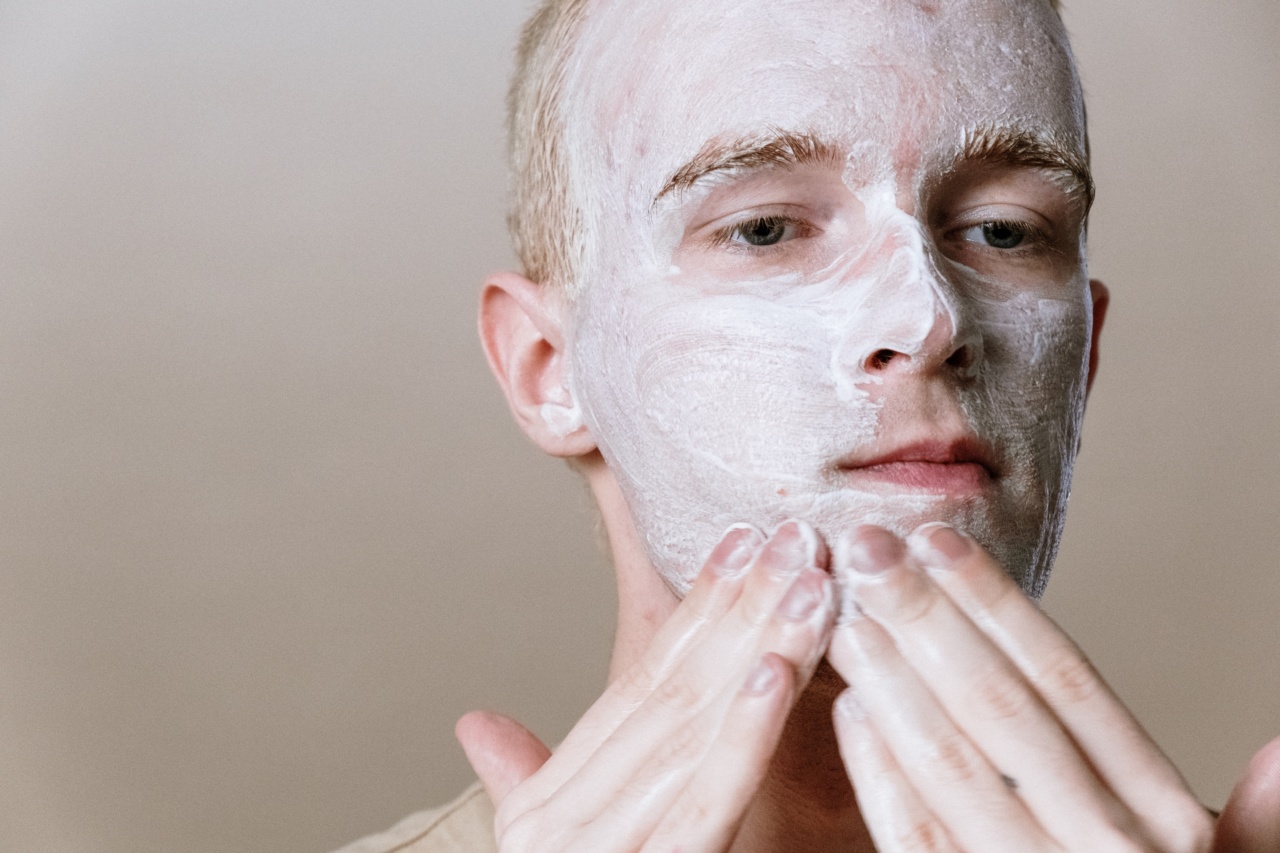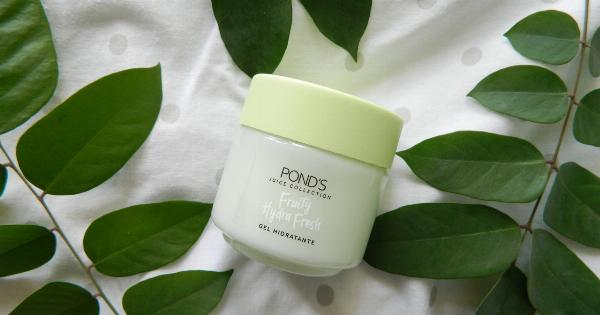Keeping our faces clean and healthy is essential to maintain a radiant and youthful appearance. However, choosing the right cleansing techniques and products can be overwhelming and confusing.
In this article, we will discuss the expert techniques for cleansing the face to help you achieve a clear, glowing complexion.
1. Know Your Skin Type
The first step in choosing the right cleansing technique is to determine your skin type. There are four basic skin types: normal, oily, dry, and combination.
Understanding your skin type can help you select products that meet your specific skincare needs.
If you have normal skin, you are lucky! Your skin is well-balanced, and you can use a variety of cleaning products without any negative effects. Oily skin requires a cleanser that can control the oil production and unclog the pores.
Dry skin needs a gentle, hydrating cleaning product that doesn’t strip away its natural oils. Combination skin requires a cleanser that balances oil production while effectively cleaning the skin.
2. Double-Cleansing Method
The double-cleansing method involves using two types of cleansers to remove impurities and makeup from your skin. Start by using an oil-based cleanser to dissolve oil-based impurities, like makeup, sunscreen, and sebum.
Apply the cleanser on your face and massage it gently for a few minutes. Then, rinse it off with lukewarm water.
Next, use a water-based cleanser to remove any remaining dirt, sweat, and bacteria. Apply the cleanser on your face and massage it in a gentle circular motion. Rinse it off with lukewarm water, and then pat your skin dry with a clean towel.
3. Exfoliate Your Skin
Exfoliation is a crucial step to remove dead skin cells, unclog the pores, and brighten the complexion. However, not all exfoliators are created equal. Avoid using abrasive scrubs that can damage your skin and cause micro-tears.
Instead, choose exfoliators that contain alpha hydroxy acids (AHAs) or beta hydroxy acids (BHAs) that can dissolve dead skin cells without harsh physical scrubbing.
You can use a physical exfoliator like a konjac sponge or a gentle facial brush once or twice a week.
Alternatively, use a chemical exfoliator like a toner or a serum that contains AHAs or BHAs daily to enhance your skin’s natural exfoliation process.
4. Facial Steaming
Facial steaming is a relaxing and effective way to open up the pores, soften the skin, and improve blood circulation. You can steam your face at home by filling a bowl with hot water and adding herbs, essential oils, or tea leaves.
Hold your face over the bowl with a towel draped over your head to trap the steam for about 10-15 minutes.
However, be careful not to burn your skin or overdo it, especially if you have sensitive or acne-prone skin. Steam your face once a week, and avoid using hot water or intense steam that can strip away your skin’s natural oils.
5. Use a Face Mask
Face masks are an excellent way to nourish, hydrate, and detoxify your skin. You can choose from a variety of face masks, depending on your skin type and concerns.
Clay masks are ideal for oily, acne-prone skin as they absorb excess oil and impurities. Hydrating masks are perfect for dry, dehydrated skin as they provide moisture and nourishment.
Sheet masks are convenient and easy to use and can address a range of skincare concerns, from brightening to firming.
6. Protect Your Skin Barrier
The skin barrier is the protective layer that keeps your skin hydrated, plump, and healthy. Cleansing can disrupt the skin barrier, especially if you use harsh or drying products.
To protect your skin barrier, use a gentle, non-irritating cleanser that maintains the skin’s pH balance.
Avoid using hot water, scrubbing your face with a washcloth, or using too many products that can further damage the skin. Instead, use a moisturizer or a facial oil after cleansing to lock in moisture and restore your skin’s health.
7. Consistency is Key
Consistency is crucial for achieving and maintaining a healthy, glowing complexion. Cleansing your face twice a day, morning and night, is ideal for most skin types.
However, if you have dry skin, you can skip the morning cleanse and only use a gentle cleanser at night.
Use the same cleanser for at least a month to see its effects on your skin. If you notice any adverse reactions, like redness, irritation, or breakouts, discontinue using the product and consult a dermatologist.
Conclusion
Cleansing your face is a basic but essential step in your skincare routine.
By knowing your skin type, using a double-cleansing method, exfoliating, steaming, using a face mask, protecting your skin barrier, and maintaining consistency, you can achieve a clear, glowing complexion that reflects your inner beauty and health.




























